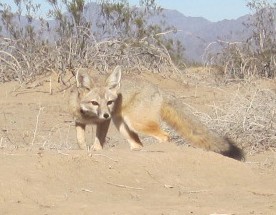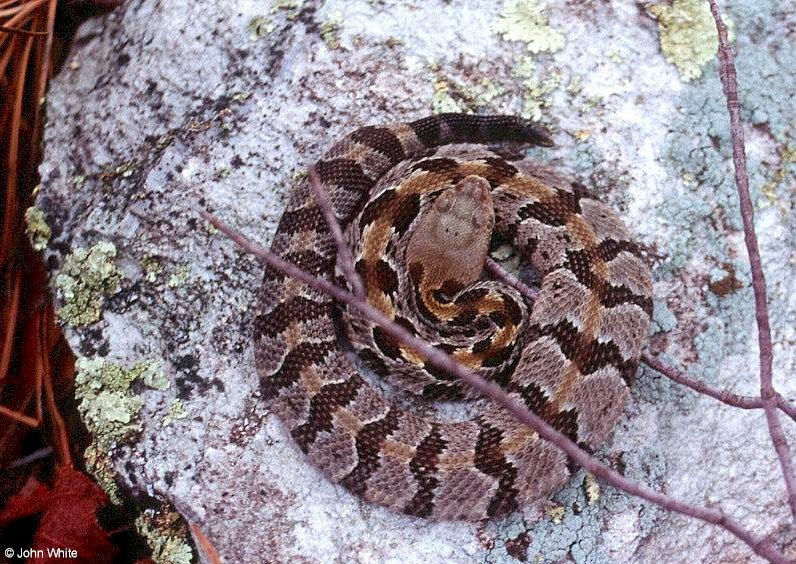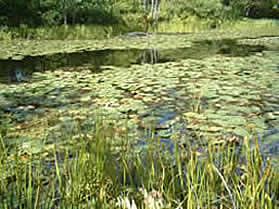 In South Carolina, a member of the state’s wildlife commission has told a member of Department of Natural Resources to stop participating in the state’s Savannah River Maritime Commission, which is charged “to represent this State in all matters pertaining to the navigability, depth, dredging, wastewater and sludge disposal, and related collateral issues in regard to the use of the Savannah River.” (See full text of S.C. state code, here.)
In South Carolina, a member of the state’s wildlife commission has told a member of Department of Natural Resources to stop participating in the state’s Savannah River Maritime Commission, which is charged “to represent this State in all matters pertaining to the navigability, depth, dredging, wastewater and sludge disposal, and related collateral issues in regard to the use of the Savannah River.” (See full text of S.C. state code, here.)
It’s also one of several entities suing to stop the dredging of the Savannah River, The State newspaper of South Carolina reports.
Read all the details in The State article, here. (As well as some details about the sudden retirement of the state’s DNR chief after 37 years on the job.)
In Alaska, the commissioner of the state’s Department of Natural Resources wants to remove the words “conserve,” “enhance,” and “future generations” from the department’s mission statement, the Anchorage Daily News reports.
Since the the old mission statement said (according to KSKA, Alaska public broadcasting) that the department’s mission is: “To develop, conserve and enhance natural resources for present and future Alaskans,” That leaves, “To develop natural resources for present Alaskans.”
The change was proposed on Jan. 17.




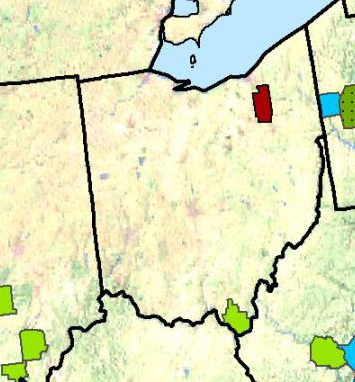

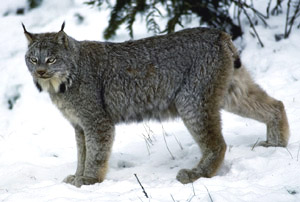 The first Canada lynx in Idaho in over 15 years was inadvertently caught in a leg-hold trap, the Idaho Department of Fish and Game said on Tuesday.
The first Canada lynx in Idaho in over 15 years was inadvertently caught in a leg-hold trap, the Idaho Department of Fish and Game said on Tuesday. Small mammals have been almost completely wiped out in the Everglades by invasive pythons, a study in the journal
Small mammals have been almost completely wiped out in the Everglades by invasive pythons, a study in the journal 